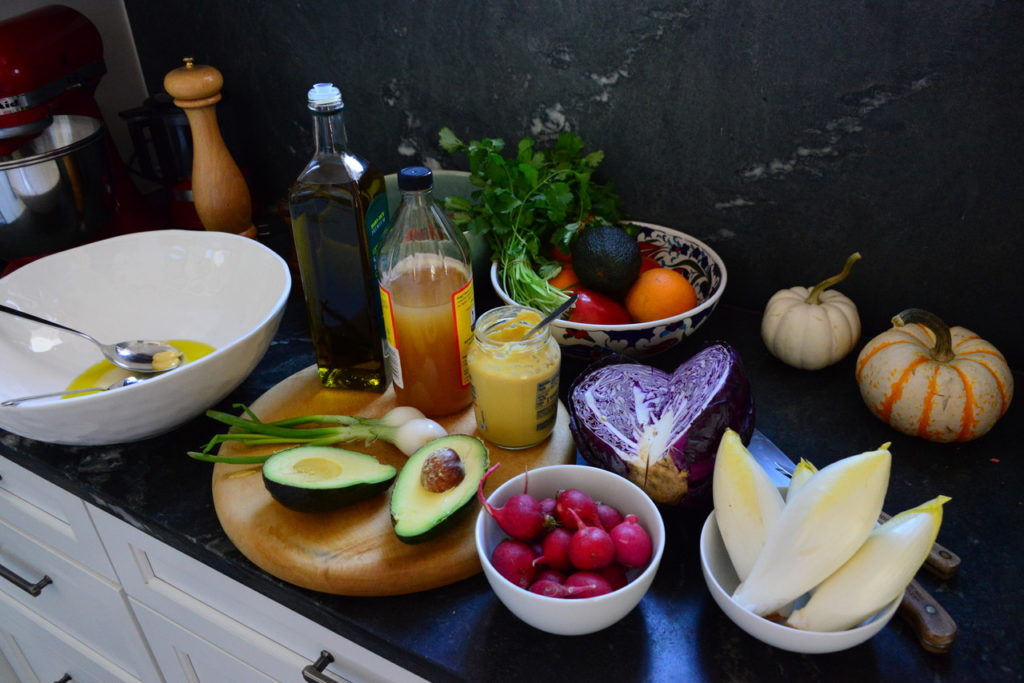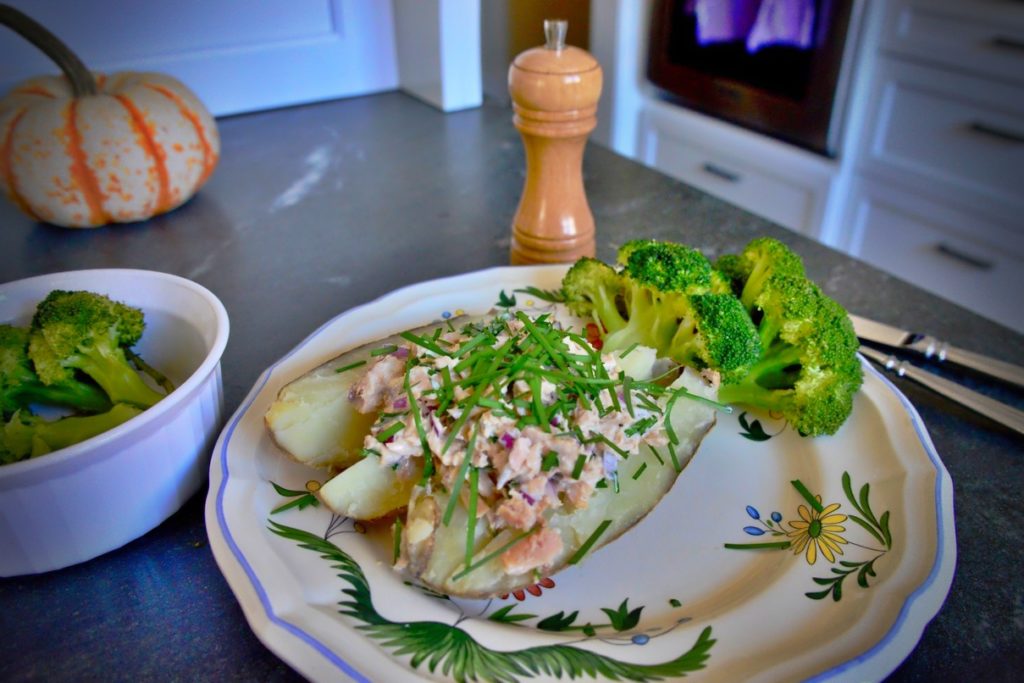Eating Well On a Limited Budget Doesn’t Have to Mean Eating Fast
Eat well – not fast. It doesn’t cost as much as you think

If budgets are tight, and especially if time is even tighter, it’s easy to short-cut on what you eat. It can seem a lot easier to visit the kebab or fried chicken shop on the way home or get a Big Burger in place of the steamed vegetables you suspect you should be eating.
And eating healthily – isn’t that something to worry about a few years down the road?
Sadly – or perhaps, predictably – the answer is an inconvenient “no”. But, why not?
A diet high in saturated fat and refined carbohydrates can begin to take its life-limiting effect from childhood onwards. One study1, for example, found atherosclerosis in the arteries of one in six teenagers – real lesions beginning to stiffen and narrow blood vessels.
Gram for gram, fat also contains more calories than protein or carbohydrates – that’s why the body stores most of its energy in that form. If you put on kilos as a student, the figures show that you’ll have a fight on your hands in losing it as your body defends its new “set point” weight.
The non-fat part of the Big Burger – the fluffy white bun – is an example of the highly refined carbohydrates, which, along with sugary drinks, are quickly converted to glucose in the bloodstream, forcing your body to produce a sudden burst of insulin to transfer it into your cells. The result of these insulin “spikes” is that more of what you eat is stored as fat, and the surplus of the hormone will lower your blood sugar to the point where you’re soon hungry again.
So, what's the answer?
Whole books have been written about that, but this is the short-hand. Discover the art and joy of cooking and eating a diet containing plenty of vegetables, using olive oil, and limiting white (refined) carbohydrates and especially sugar. Even simple, unambitious, dishes that are easy to cook, can quickly prove to be tastier than fast food, and if you’re sensitive to what your body’s feedback, you’ll feel less sluggish, less hungry and probably have more energy. And – with moderate regular exercise – you should see your weight virtually managing itself.
Many people face significant difficulties in finding the sort of food that provides maximum nutrition for relatively few calories. Many isolated areas and the more marginalized areas of big cities can be “food deserts” where fresh vegetables and fruit are miles from home. However, most of us can reach a supermarket selling affordable green groceries.
I’m not picking on any particular source of fast food. Some chains offer a number of healthier dishes, including garden salads, with meal packages. But the nutrition you’re getting in return for the “cost” in calories as well as money does not represent a good deal, especially when you have a supermarket within walking or cycling distance and a kitchen at home.
A fairly typical Big Burger outlet’s medium value meal could include a burger (around 500 calories), and a medium-sized pack of fries and regular Coca Cola (also around 500 calories). Even for a young adult that’s about half his or her calorie requirement for the day, and far more than half of the amount of saturated fat that is healthy. But it contains a much lower proportion of the nutrition, fiber and phytochemicals (one of the anti-inflammatory, antioxidant ingredients of fruit and vegetables) that you should be having.
Also, it will cost you the sort of amount – especially if you have it delivered – that would buy an equally filling but far healthier alternative that’s easy to prepare.
More details on recipes another time, but here’s just a quick example – a baked potato, filled with a tuna, mayonnaise and onion topping and accompanied by steamed (or boiled) broccoli and frozen peas. Delicious, cheap and full of natural goodness!
* E. Murat Tuzcu, Samir R. Kapadia, Eralp Tutar, Khaled M. Ziada, Robert E. Hobbs, Patrick
M. McCarthy, James B. Young, and Steven E. Nissen (2001). High Prevalence of Coronary Atherosclerosis in Asymptomatic Teenagers and Young Adults Evidence From Intravascular Ultrasound. Circulation. Volume 103, Issue 22, 5 June 2001, Pages 2705-2710.



